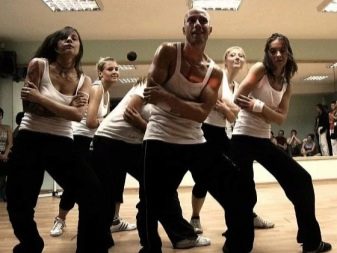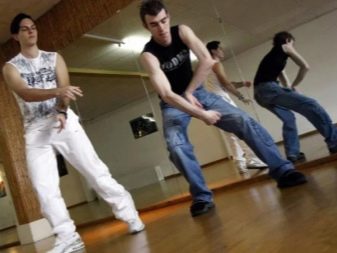Dance tectonic
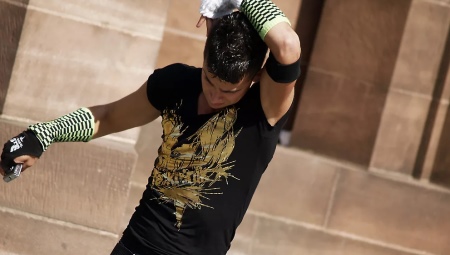
Tectonic is a dance movement that originated at the beginning of the 21st century, but remains popular to this day. Belgian clubbers are rightfully considered the founders. The dance includes some elements of hip-hop, locking, popping, techno, break-dancing and some other styles. In order to learn how to dance, you need to familiarize yourself with the performance options.
History
This trend originated in 2000. The jumpstyle dance was taken as a basis, to which rotational arm movements were added. The dance was named tectonics. But at that time the direction was not yet particularly popular. Later, in one of the Parisian clubs Metropolis began to regularly arrange parties, which danced mainly tectonic.
In 2006, the art director of this club, Cyril Blanc, decided that it was time to turn Tectonic into a brand. Then he officially registered the trademark of the same name, and began to receive good dividends from this. Manufacturers of clothing, footwear, accessories, beverages and foodstuffs began to willingly release goods under this brand. From that moment on, the tectonics was turned into a separate direction.
A year later, the dance was officially presented at the French festival Paris Techno Parade. It is this moment that can rightfully be called the peak of dance popularity. Mass media write about it, professionals of different levels, amateurs dance it, separate directions are created in schools. Since 2008, the popularity has declined. But, despite this circumstance, the tectonist is still dancing.

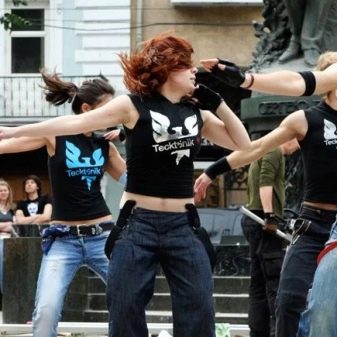
Execution options
There are several styles of performance in tectonics: Tecktonik Killer, Tecktonik, Tecktonik-mix, New Electro Style. But conditionally they can be divided into two broad categories: hard and soft. Let's consider them in more detail.
Hard
Several styles fall into this category. They are characterized by more rigid execution, but this does not mean that mastering them is much more difficult.
-
Hardstyle - broken style, which requires good physical fitness from dancers. It is also divided into male and female categories. It is rightfully considered the most difficult of all the available directions. A distinctive feature lies in specific movements, which are represented by sharp jumps and sweeping movements of the arms.
-
Vertigo - style also belongs to the category of hard. The peculiarity lies in the prevalence of sharp swinging movements of the arms and legs, jumps, intense body movements. The dancer needs excellent stretching, coordination, good reaction.
-
Electrostyle - is also performed in a tough manner, requires intense movements and good reaction from the dancer, since movement on the dance floor is carried out quite quickly. But especially in this style, clarity is important.
A relatively new direction, which received the name Tecktonik-mix, can be attributed to the same category. Some, on the contrary, consider the mix to be a lounge, that is, soft. He also dances in a rather tough manner. It contains many movements from different directions. Mainly performed in battles.
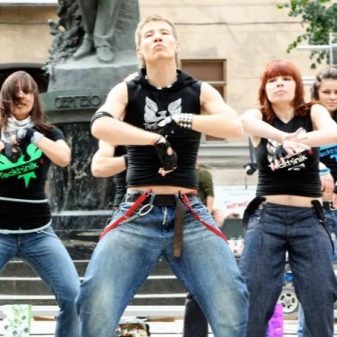
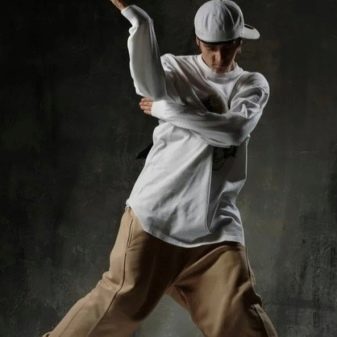
Soft
Styles from this category are no less difficult to perform, but it is recommended to start with mastering them. There are several directions here too.
-
Milky way - this dance is based on continuous movements of the hands, which are combined with a rather soft movement of the body. This is the most common style.
-
Jumpstyle - in this direction, the lower part of the body is most involved, mainly the legs. They are alternately thrown back and forth. The peculiarity lies in the fact that the dancer imitates the movements of a running person.
The last direction to dance is also not easy. In order to learn, you need to have good stretching and plasticity.
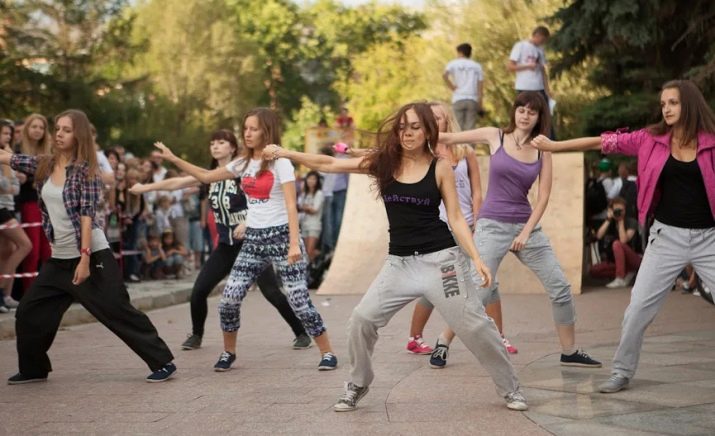
Dance clothes and music
In order to make the dance atmospheric, it is necessary to adhere to a certain style of dress. The most common items of clothing and accessories are:
-
tight pants or jeans;
-
a T-shirt with a print (most often tectonic);
-
wristbands;
-
basketball shoes;
-
the belt is predominantly white.
The hairstyle is most often futuristic. Sometimes there is a gothic style. It is noteworthy that these rules are now observed less and less, although the founders consider such changes blasphemous.
The dance, depending on the style, is performed with different musical accompaniment: electro, disco, house, trance, hardstyle. The most popular performers in the soft style are Boards of Canada, DJ Shadow. In the hard version, the compositions of Prodigy, Crystal Method, Chemical Brothers are more appreciated than others.

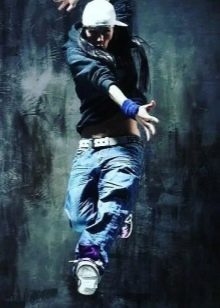
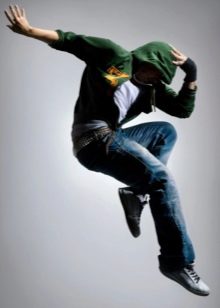
How to learn to dance?
Of course, you can always learn to dance any dance, including tectonics, if you take individual lessons or attend group classes. But not all cities have dance schools. In addition, dancing in a private institution will require some financial investment.
To make the hobby not so expensive, it is quite possible to master this dance at home. It will be especially easy for those who have good physical fitness, and also have at least little experience in the dance industry in the past or present.
In the hard style, hands are mainly involved, while in the soft style, the movements of the legs are most used. The main hand movements are rotations and throws. The first are carried out with the hands and forearms. At the same time, movements of the upper part of the case are actively encouraged. Until the moment when the dancer makes the next rotation, the arms must move in the same plane.
Emissions begin geographically from the zone - the middle part of the chest. The arms are first bent at the elbows, and then straightened.Such emissions in the up-down and left-right directions give an attractive visual effect. As soon as these two basic movements are connected together, a dance link is formed.
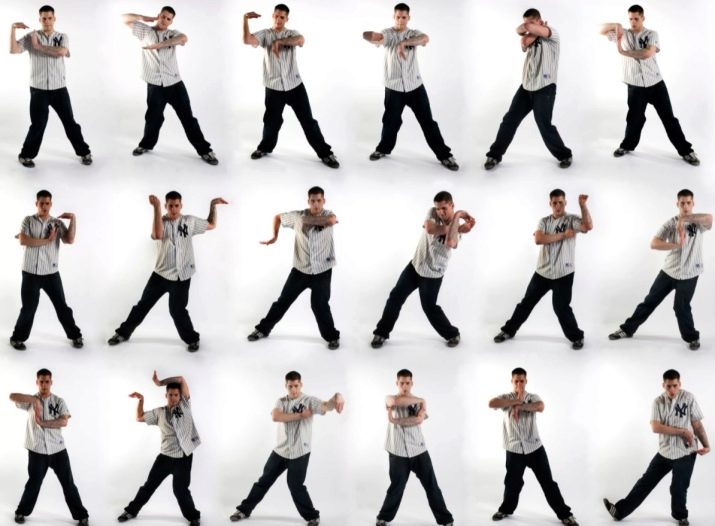
The basic elements of the legs are more varied. These include the following:
-
swinging movements heel-toe;
-
bits with socks and heels of both feet;
-
connecting hips to swings and turns;
-
swinging the body on legs that are slightly bent at the knees;
-
steps (a large number of all possible options);
-
turns and kicks;
-
straightening and bending the knees under the bit.
In combination, these elements also form dance links.

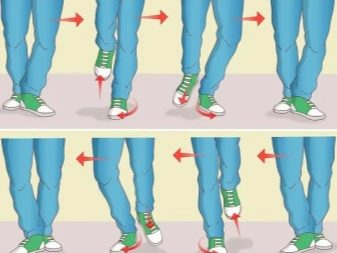
Tips for Beginners
In order to learn how to dance tectonic at home, it is recommended to use the advice of professionals. Of course, they are not the essence, but they can significantly simplify the learning process.
-
You should treat dance positively, start classes only in a good mood. To make the movements truly original and correct, not only technical performance is important, but also the emotional component.
-
Even training should be done with appropriate music.
-
It is important to arrange and prepare the space. If the workouts are performed directly in the apartment, then carpet or non-slip carpet is most suitable as a floor covering. And also floor coverings of this type significantly reduce the acoustic load.
-
It is very important that there is a large enough mirror in the room. The dancer must see himself in full growth, visually control his movements from the side.
-
You don't have to collect a full tectoker image to begin with. For the training process, it is enough to wear comfortable clothes and shoes. Then, when the skills are pumped over, you can proceed to the selection of clothes and accessories. If you want to do it professionally, then you can think about a more suitable hairstyle for the image.
-
Even if trainings are held in an apartment, it is imperative to perform a dance in shoes. Barefoot is uncomfortable to do most of the leg movements.
-
It's important to improvise along the way. Of course, basic movements are at the core, but you can still add something.
In order to visually represent the dance process, it is recommended to watch a video before training, which shows the original version of the dance. You can try again. You will not be able to quickly execute the movements right away. To begin with, it is recommended to learn them separately, then form them in bundles, and then work on the tempo.
